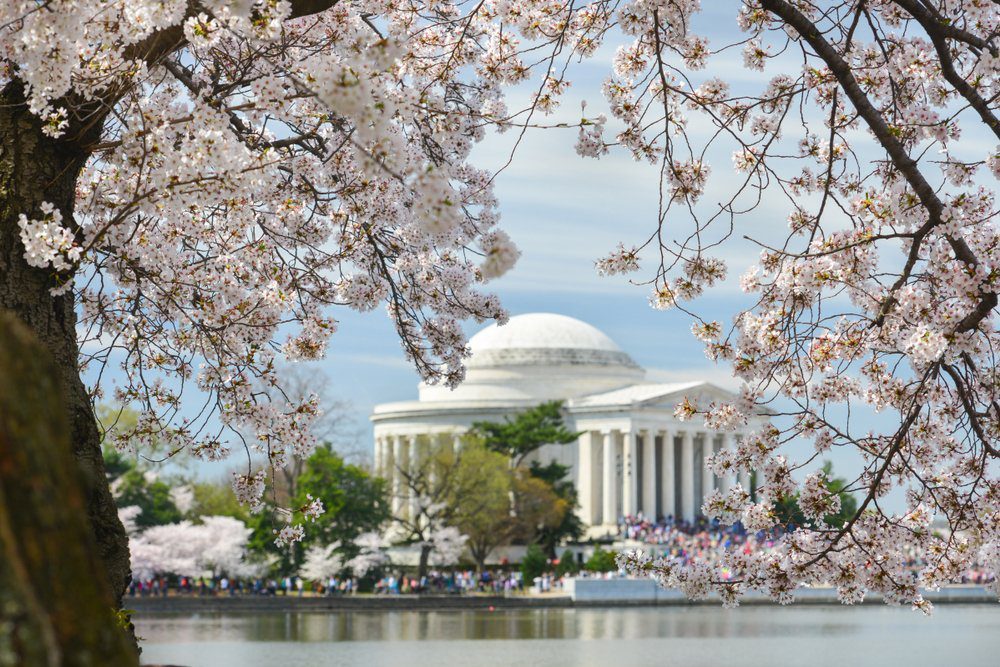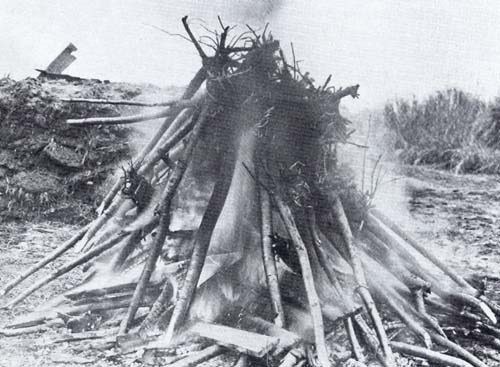Japan Gifts U.S. 250 Special Cherry Blossom Trees – Again
By Jill Brooke

Japan’s Prime Minister Fumio Kishida and his wife Yuko gave U.S. President Joe Biden and First Lady Jill Biden the perfect gift.
More cherry blossoms! How many? 250 of them.
These trees will replace the 100 that have to be removed as part of a restoration project now taking place around the famous Tidal Basin in Washington, D.C. Sea walls that were built in the 1800s have sunk and need to be replaced to protect the Jefferson Memorial from storm surges.
As we know, Washington D.C.’s iconic cherry trees were a gift from Japan in 1912.
The gift, says Prime Minister Kishida, honors the 250th anniversary of the signing of the Declaration of Independence, which the United States will celebrate in 2026,
As the Times reported, President Biden thanked Mr. Kishida for the cherry trees, which have become a symbol of the relationship between the United States and its longtime ally as well as a popular tourist attraction in spring. The mayor of Tokyo gave Washington 3,000 trees, which are not native to the United States, in 1912.
The Japanese Prime Minister’s visit also is perfect timing. Since that iconic gift, the nation’s capital celebrates the National Cherry Blossom Festival, which has been held since 1935 to commemorate the original gift.
“Like our friendship, these trees are timeless, inspiring and thriving,” Mr. Biden said.

Flower lover and teacher, First Lady Jill Biden, walked the Japanese leaders through the White House grounds “to admire several cherry trees, including a pair that were part of the new gift and one that Dr. Biden and Yuko Kishida, Mr. Kishida’s wife, had planted together last year as a token of the friendship between nations.” The president said other trees would be planted near the Martin Luther King Jr. Memorial.
“These Japanese-born cherry trees have been sounding the arrival of spring to the city every year for over 110 years,” Mr. Kishida said.
“Just as the local residents have cherished and protected these cherry trees, the Japan-U.S. relationship has been supported and nurtured by the many people who love each other’s country,” Mr. Kishida said.
Of course, at the subsequent state dinner, there were plenty of cherry blossoms, along with peonies and roses, the First Lady’s favorite flowers.
The dinner explained the First Lady was decorated with images of walking “over a koi pond,” symbolizing “friendship, peace, luck and perseverance.”
The cherry blossoms are indeed a symbol of friendship as are many flowers.

The Cherry Blossom Festival which is so linked to Washington D.C. began when the City of Tokyo, first in 1909, offered to donate 2,000 cherry trees to beautify the city. The president at the time, William Howard Taft, and his wife, Nellie, had lived in the Philippines and seen the cherry trees in Japan. The first shipment arrived in Seattle in 1910 and was transported to DC, where, when the trees were unloaded, it was discovered they were diseased. Yes, there was a Department of Agriculture back then, and they found nematodes and insects they did not want to infect American trees. President Taft gave the order and the 2,000 trees were immediately burned.
It did not cause an international incident, but it set the planting of the cherry trees back a bit. It was 1912 before another crop was gathered, and this time 3,020 cherry trees of 11 different varieties had been grafted onto a special root stock in Japan, then shipped to Washington and transported cross country, in insulated freight cars to Washington DC.
They were planted in 1912. A triumvirate of women – Nellie Taft, Iwa Chinda of Japan, and Eliza Ruhamah Scidmore, the woman who had long campaigned for the new capital of the country to have its own grove of cherry trees – were there when the first two Yoshino cherry trees were ceremonially planted at the Tidal Basin, on March 27, 1912 in the presence of the Japanese Ambassador, to signal “friendship between the U.S. and Japan.”
Because we at FlowerPowerDaily are thorough, we’re going to tell you the 11 original varieties that were planted. The park service has maintained cuttings of those trees and replanted their offspring ever since.
They were: 1,800 Yoshino, 100 weeping Ariake, 120 Fugenzo, 50 Fukurokuju, 20 very pretty Gyoiko (all planted on the White House grounds), 160 late-flowering Ichiyo, 80 Jo-niol, 350 dark pink double Kwan-zan. 20 Mikuruma gayeshi, which is a strange kind of Yoshino, 130 almost pure white Shirayuki, also called White Snow, 50 Surugadainioi and 140 fragrant Takinioi.
Taft lost the election the following November, but not because of the cherry trees. The cherry blossoms still bloom and now the Tafts are very much remembered in history for the cherry blossoms.
Jill Brooke is a former CNN correspondent, Post columnist and editor-in-chief of Avenue and Travel Savvy magazine. She is an author and the editorial director of FPD and a contributor to Florists Review magazine. She also won the 2023 AIFD (American Institute of Floral Design.) Merit Award for showing how flowers impact history, news and culture
Photo. Credit: Pixabay
